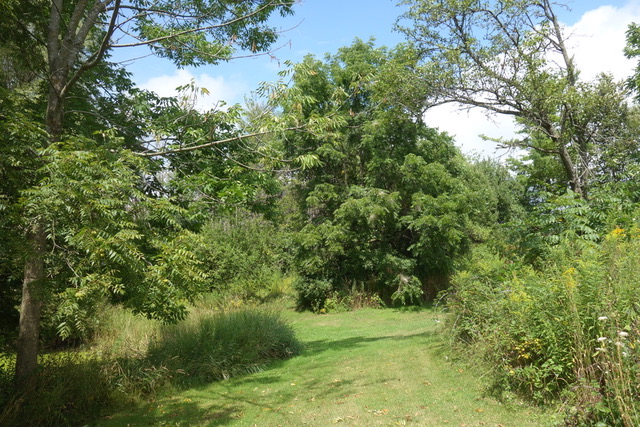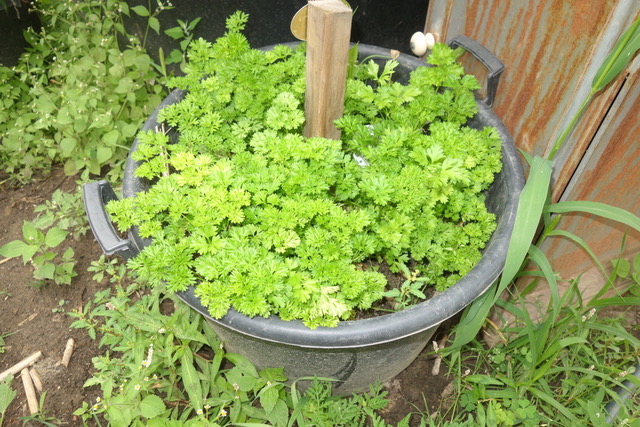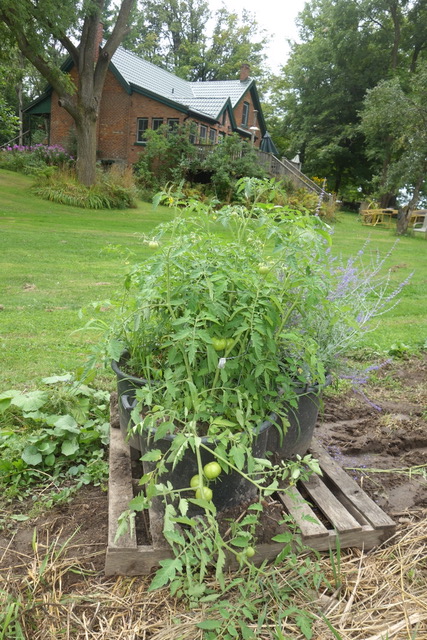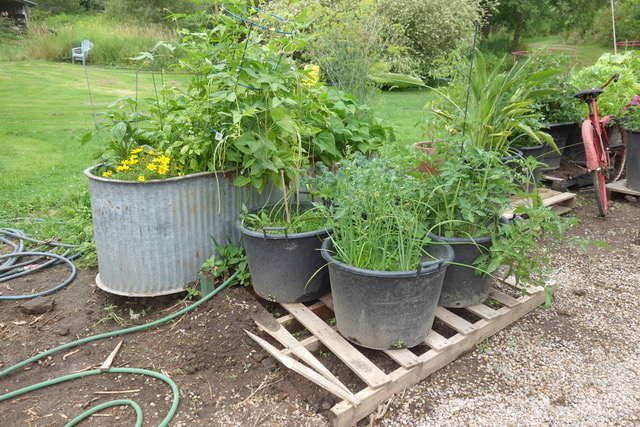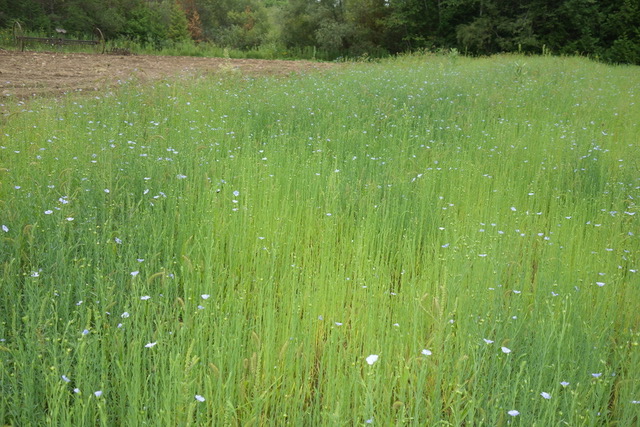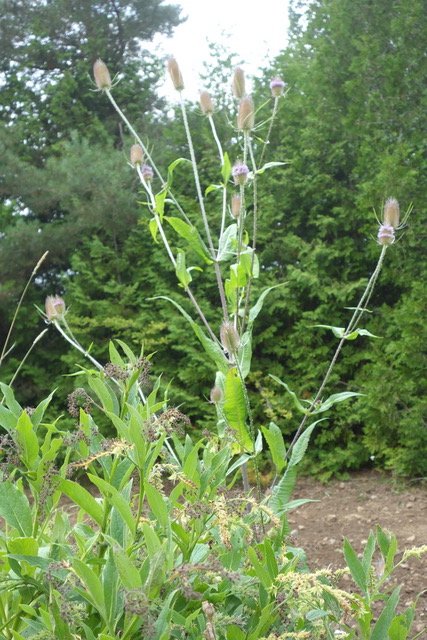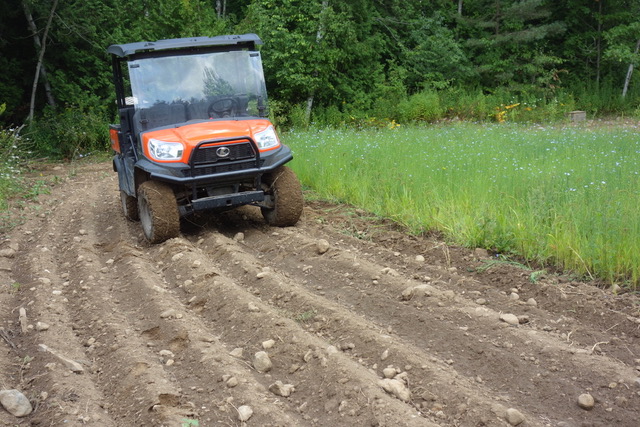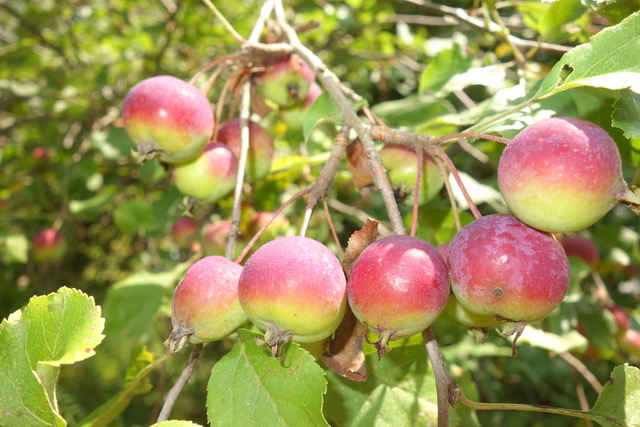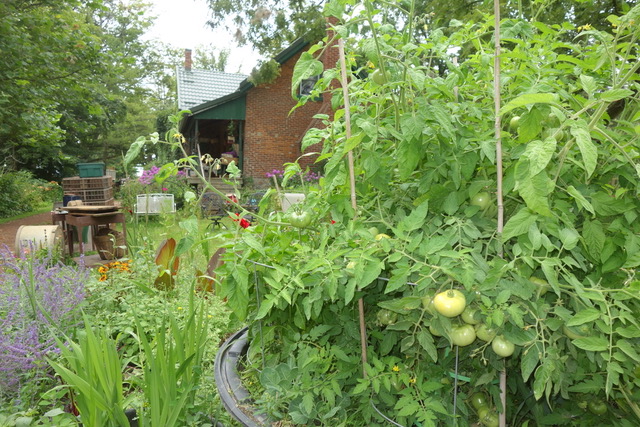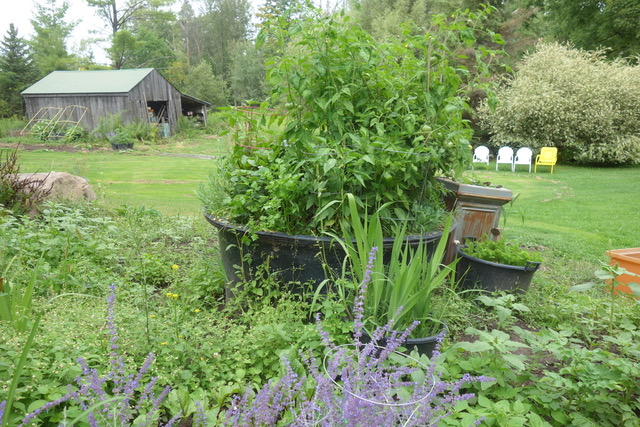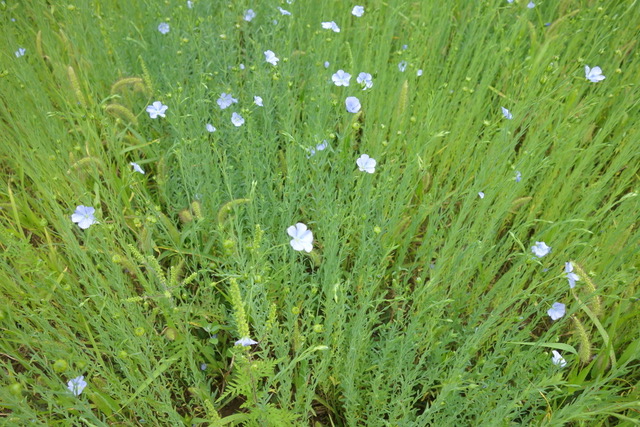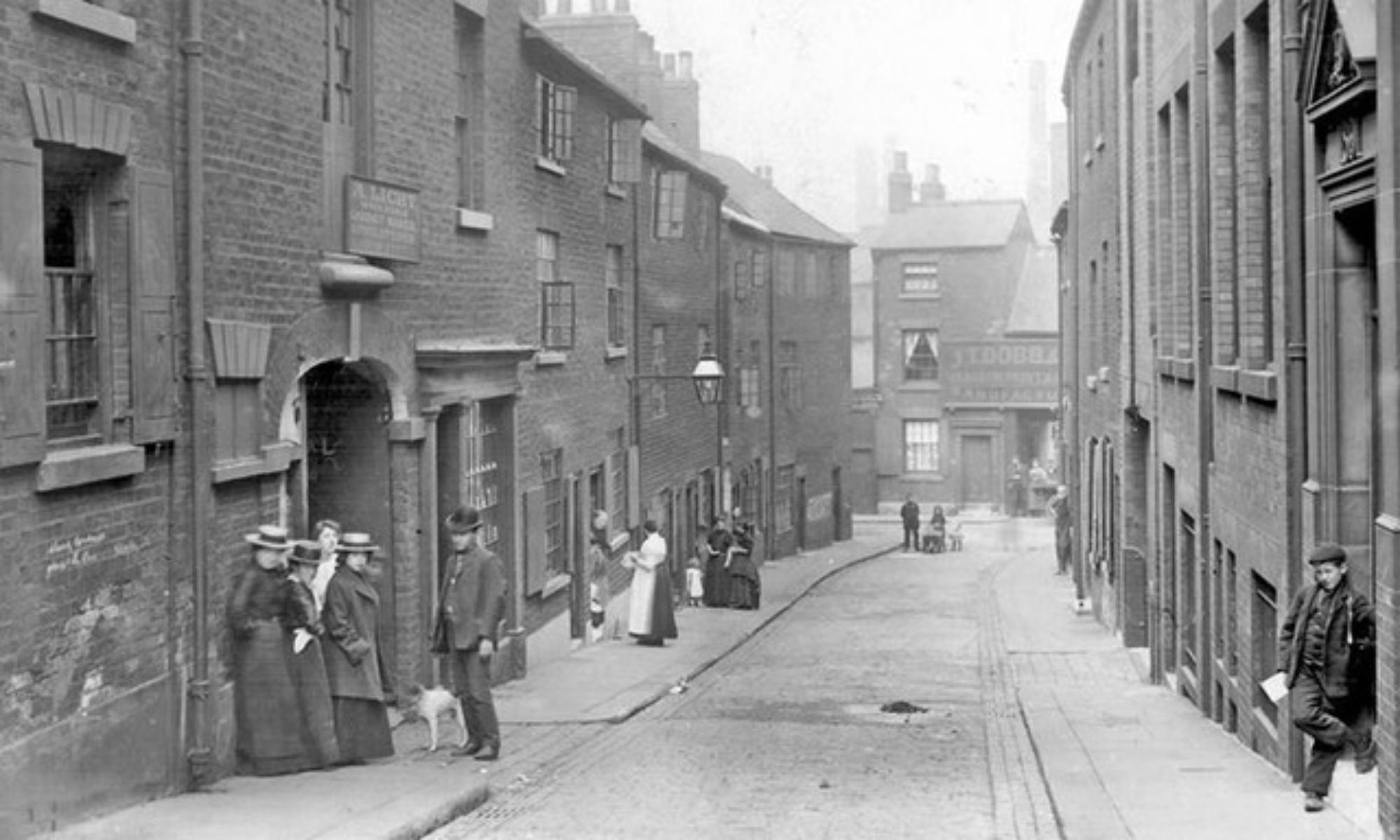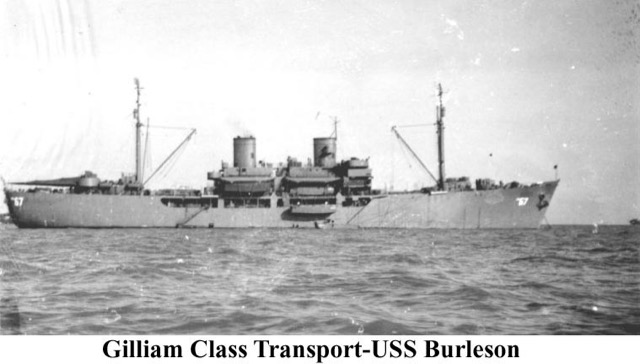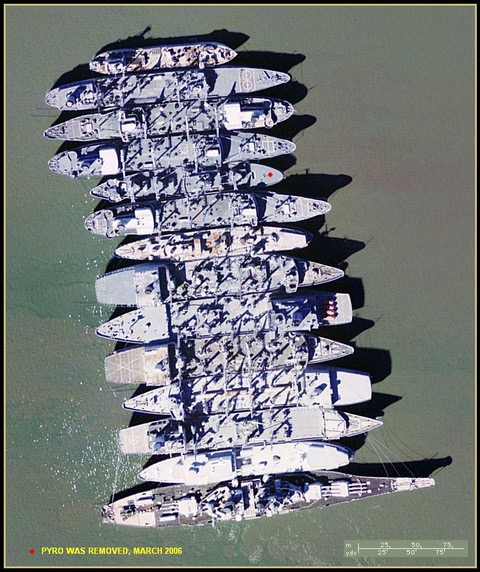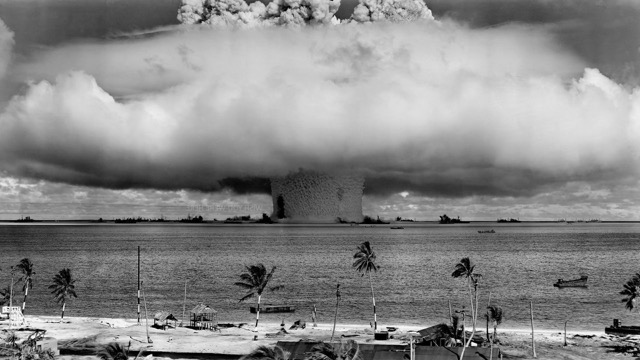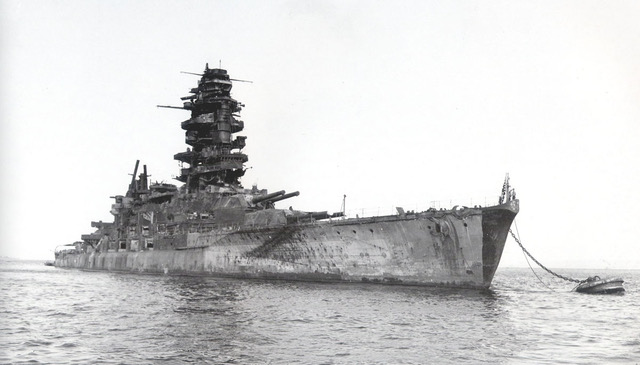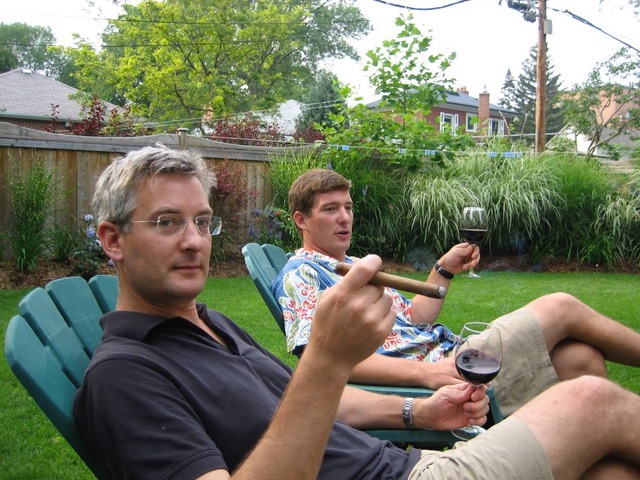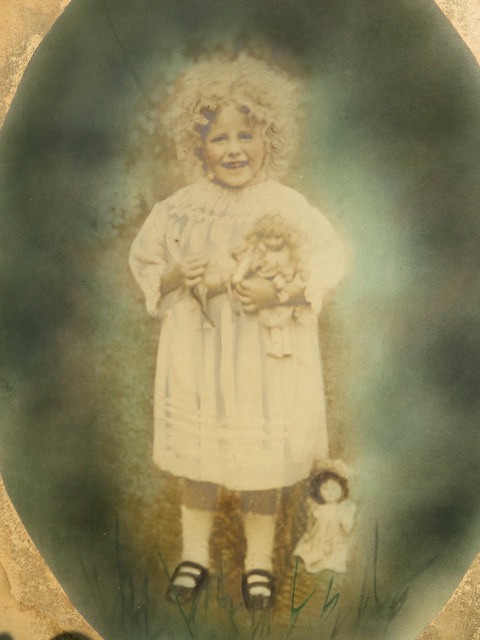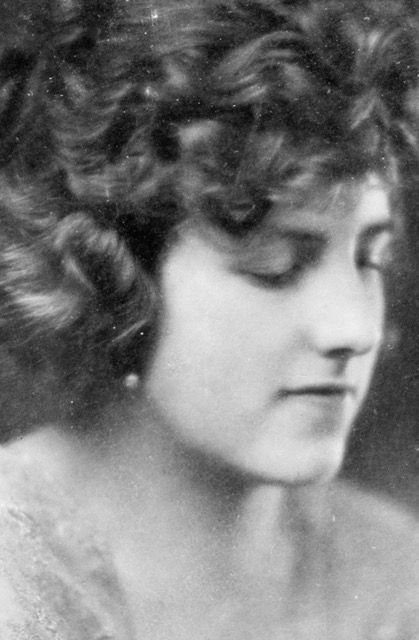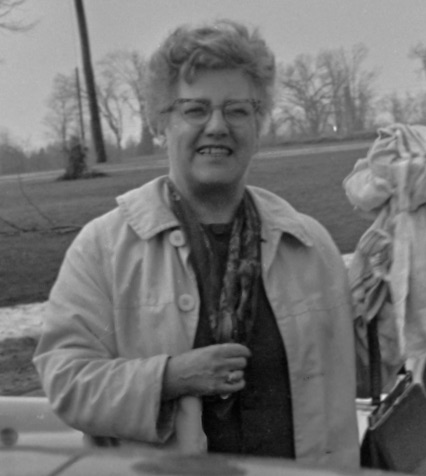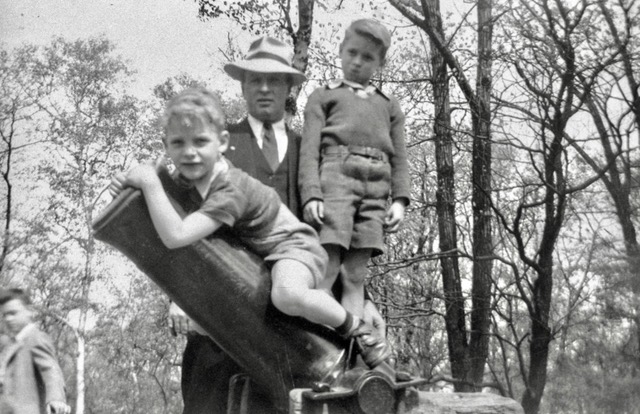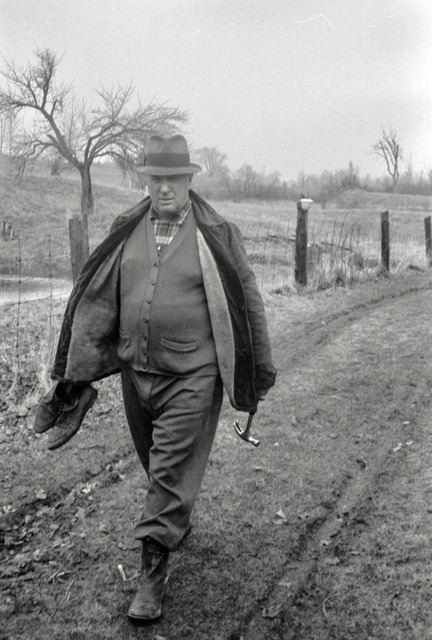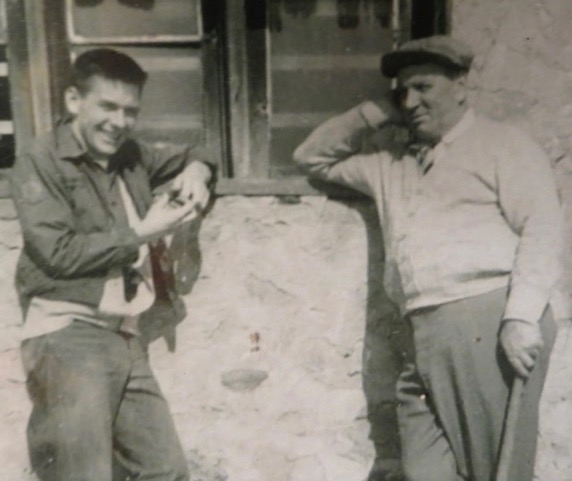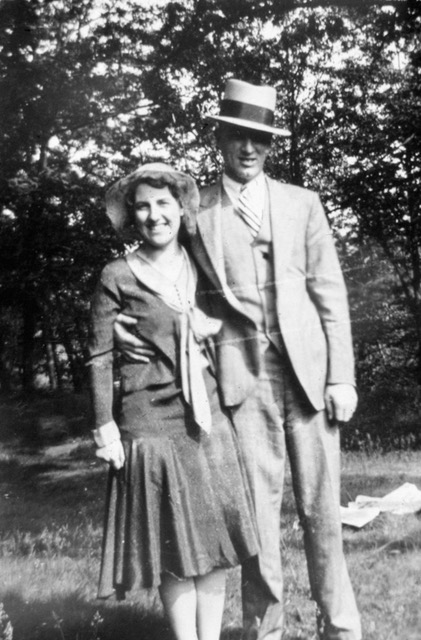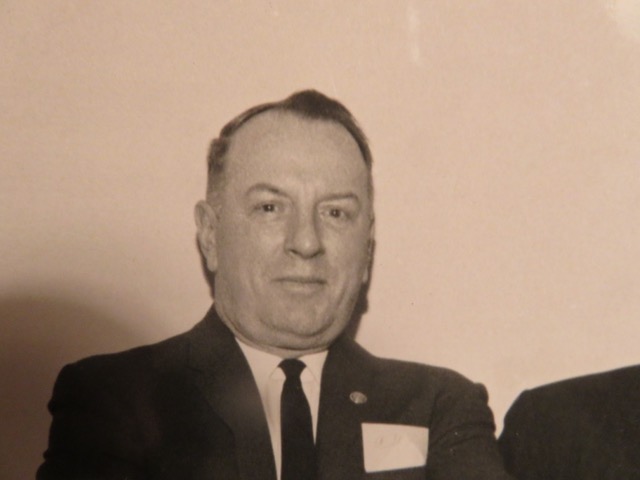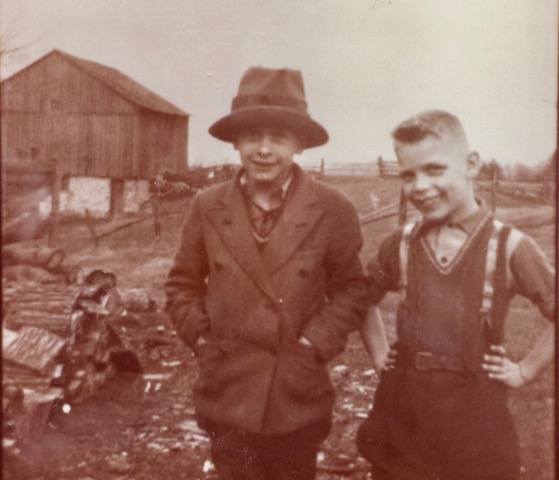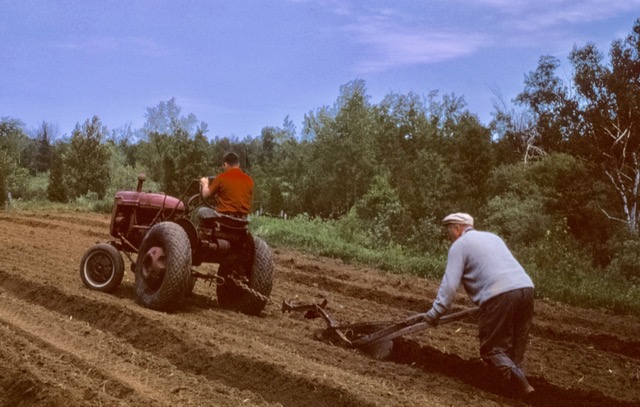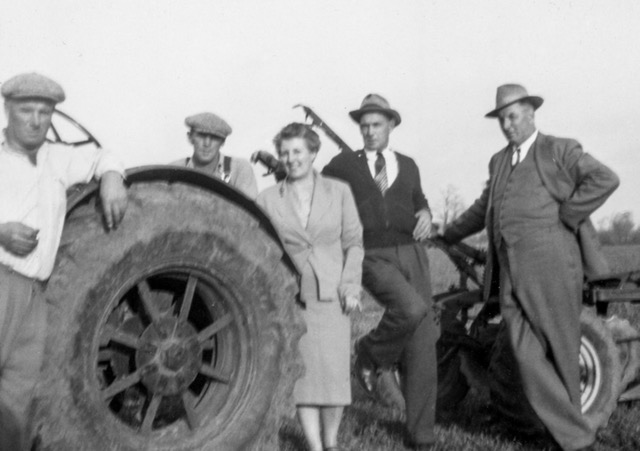BIKINI ATTOL…GHOST SHIPS OF WORLD WAR II…CONTAMINATION
In 1946 the United States had a huge supply of surplus ships including the
ships surrendered by the Japanese Navy. So one of the most startling atomic test
was planned by anchoring 78 of these ships at varying distances and angles to Bikini
Atoll where a test atom bomb was detonated. Most were inside the Bikini Atoll lagoon.
Five sank and 14 were severely damaged but, surprisingly the rest survived.
The USS Independence was one of the test ships. She Survived and sailed
back to port where she was stuffed with drums of radioactive waste and then
sunk 30 miles off the coast of California where she rest spright to tis day.
What followed was a series of 66 more test atomic explosions at Bikini. Above
ground testing of atomic weapons continued through the 1950’s until such testing
was stopped as a result of scientists like Canadian Ursual Franklin who roved
radioactive Strontium 90 was beng concentrated in children’s teeth. How? Very
simply. Atomic blast created clouds of radioactive dust that circled the globe. Eventually
that dust settled on the ground. Cattle ate radioactive grass. And children drank
radioactive milk. That fact led eventually to world wide ban on above ground
nuclear testing.
“Can we ever go home?” So asked the displaced islanders of Bikini Atoll. They were awarded
a cash settlement of a two billio dollar land damage claim but payment seems to have stopped
when the initial fund was exhausted. In 1970 the islanders were allowed to return but that
did not last long since any food they tried to grow was a radioactive danger to their health and they
were once again exiled, likely forever. “I do not believe its safe,” said islander Evelyn Ralph-Jeadrik
even tough her island atoll called Rongelap, was a distance from Bikini. “I don’t want to put my
children at risk.”
She was talking about the Bravo cnuliear test on March 1, 1954. A hydrogen bomb test that was
“a thousand times more powerful than the atomic bomb dropped on Hiroshima.”
Ir took a while for the implications of the 1956 Hydrogen bomb to be clear I’m my mind. I was building
the air raid shelter in the cellar based on the hypothetical circles of devastation expected from an atomic
bomb. That was sometime in 1955. By 1956 even a person as stupid as me realized that
there was no hope of survival. Humanity had to rely on the Strategic Air Command bombers to
provide some kind of mutual stalemate with the Soviet Unions Bomber command. No room for
error.
So the Skeoch Air raid shelter was forgotten by all but Arnold ‘Red’ Skeoch as a place to fantasize
about putting $20 on the nose of horses like Northern Dancer at the old Woodbine Racetrack while
he rested on the air raid shelter couch sipping Hennessy Cognac.
Events have a strange way of interconnecting. A few years later, in 1960,
I was a young geophysical prospector sent to test survey instruments at the bottom
of CanMet uranium mine. One of the Canadian mines that provided raw uranium
for the manufacture of atomic bombs.
The account of that adventure has been
attached in a separate email.
alan skeoch

